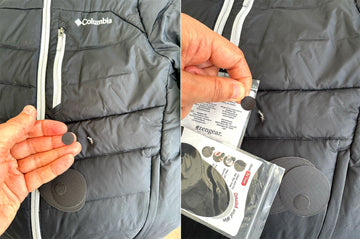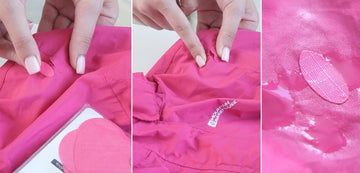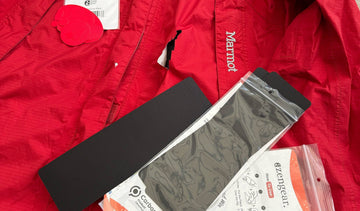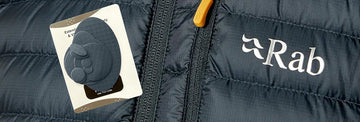Setting out on your first long-distance hike – aka thru-hike – can be a thrill like nothing else on earth. For keen hikers who enjoy pushing themselves and their capabilities, the prospect of an epic journey spanning several weeks (or even months) can be almost irresistible.
Of course, these are the kinds of hiking trips that call for more extensive planning and consideration. This is far from your everyday walk in the woods – you could be out and about in the wild for a very long time.
To make the most of your first truly long-distance hike, here are nine essential tips and guidelines from the world’s most experienced thru-hikers:
-
Do Not Over Plan Your Trip
This may contradict the point regarding the importance of planning, but there is such a thing as overplanning. What’s important to remember when spending such long periods of time out in the wild is that much of what takes place will be beyond your control. You may find it impossible to take the route you planned, adverse weather could affect your plans, or you could find that some aspects of your planned excursion are beyond your physical (perhaps even psychological) capabilities.
Expecting the unexpected is therefore essential, as is setting out with a flexible attitude. The more precisely you plan your trip, the higher the likelihood one or more aspects of it will go wrong.
-
Treat Yourself to the Best Possible Gear
Spare no expense when putting together your kit for a long-distance hike. From boots to bags to compression socks to tents to multitools, nothing but the best will do. Generic hiking gear may be good for a few days on the trail, but you need the kind of stuff that is practically indestructible. Not to mention, capable of keeping you comfortable and safe on even the longest treks.
In addition, it’s also a good idea to ensure that your camping boots have been appropriately worn in ahead of time. Stiff and potentially uncomfortable brand-new boots are best avoided on challenging hiking trips in general.
Product Spotlight:
Calf Support Compression Sleeves for Shin Splints (20-30 mmHg / Class 2)
- TRUE GRADUATED COMPRESSION SLEEVES - provide calf compression support, increase oxygen flow & improve blood circulation
- OPTIMISED TWILL DESIGN FOR SHIN SPLINT SUPPORT - absorb impacts, protect from cramps & injuries, reduce leg swelling & fatigue; fabric contents: 65% nylon, 20% elastane, 15% lycra
- DOUBLE-STITCHED SEAMS ON TOP & BOTTOM - lightweight, anti-odour, moisture-wicking & breathable fabric can endure multiple washing cycles
- LEG SLEEVES FOR SPORTS - these footless compression socks alleviate shin pain, speed up muscle recovery & keep your legs warm, dry & healthy
-
Pack and Eat Real Food
The general perception among many hikers is that the only food worth taking on an extensive hiking trip is anything and everything freeze-dried. True, dehydrated meals are lightweight in nature, and can be quite satisfying as a hot meal at the end of a hard day. But there really is nothing like real food when it comes to giving your body everything it needs to endure a seriously epic adventure. Nuts, cheese, chocolate, avocados – all the kinds of basics that get the job done better than anything dehydrated.
Focus on high-fat, calorie-dense foods that metabolise slowly, and give your body the slow-release energy it needs.
-
Listen to Your Body
The tendency among many newcomers to thru-hikes is to treat the whole thing like one big endurance test. Which it is in a way, but not in the sense that you need to push yourself beyond your known limits, simply for the sake of it. Let your body be your guide, and listen to it along the way. As you develop aches and pains (which you will), slow down and give yourself time to recuperate.
Pushing things too far will for only heighten the risk of having to call the whole thing off earlier than you planned. Build your strength and stamina slowly as you go, and accept your physical limitations for what they are.
Stay tuned for the second half of our brief two-part guide to long-distance hiking, coming soon...






